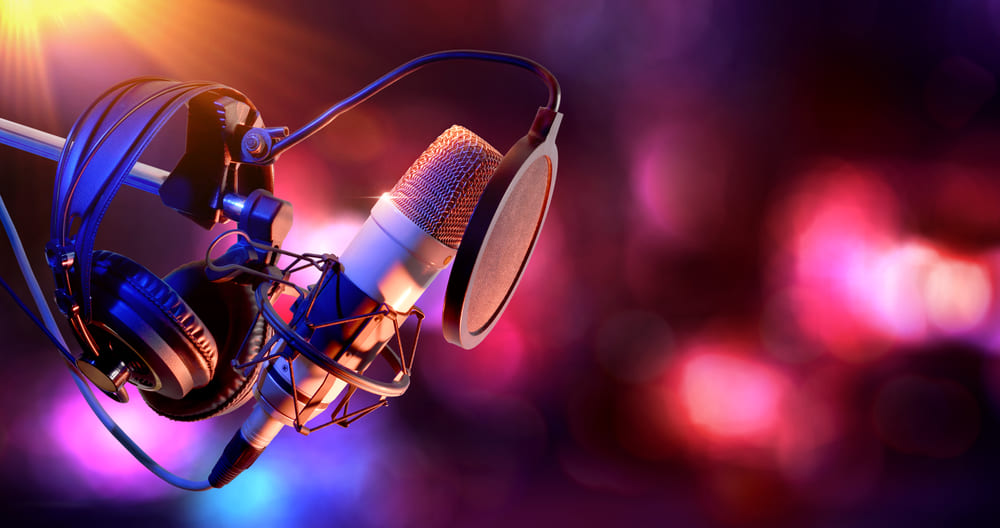High-quality audio is essential for podcasts, music recording, streaming, and professional communication. Choosing the right microphone significantly enhances sound clarity, reduces background noise, and ensures a polished final product. This guide explores how to improve your audio quality by selecting and using the right microphone.
1. Choose the Right Microphone Type
Microphones come in different types, each suited for specific applications:
- Dynamic Microphones – Durable and great for live performances, they handle high sound levels well.
- Condenser Microphones – Ideal for studio recordings, they capture detailed sound but require phantom power.
- Lavalier Microphones – Small, clip-on mics perfect for interviews and public speaking.
- Shotgun Microphones – Directional mics used for film production and broadcasting.
2. Consider the Pickup Pattern
Microphones capture sound differently based on their pickup patterns:
- Cardioid – Captures sound from the front, reducing background noise.
- Omnidirectional – Picks up sound from all directions, ideal for group settings.
- Bidirectional – Captures sound from the front and back, useful for interviews.
- Shotgun (Highly Directional) – Captures sound from a narrow area, minimizing side noise.
3. Use Proper Microphone Placement
Positioning your microphone correctly significantly improves audio quality. Keep these tips in mind:
- Maintain a consistent distance (6–12 inches for most microphones).
- Use a pop filter to reduce plosive sounds.
- Angle the mic slightly off-axis to prevent breath noise.
- Minimize background noise by recording in a quiet environment.
4. Invest in Quality Accessories
Additional equipment can improve sound quality:
- Pop Filters – Reduce harsh plosive sounds (e.g., “p” and “b” sounds).
- Shock Mounts – Prevent vibrations and handling noise.
- Boom Arms or Stands – Help with positioning and stability.
- Audio Interfaces – Improve signal quality and reduce latency.
5. Optimize Audio Settings
Fine-tuning your recording setup enhances clarity and consistency:
- Adjust input gain to avoid distortion.
- Use noise reduction software for clean sound.
- Apply equalization (EQ) to enhance vocal clarity.
- Add compression to balance audio levels.
Conclusion
Improving audio quality requires choosing the right microphone, proper placement, and optimizing settings. Investing in quality accessories and understanding how different microphone types work will help you achieve professional sound. Whether you’re recording music, streaming, or conducting interviews, the right setup makes all the difference.
FAQs
1. What is the best microphone for podcasting?
A condenser microphone with a cardioid pattern, like the Shure SM7B or Rode NT1, is ideal for podcasting.
2. How can I reduce background noise when recording?
Use a directional microphone, record in a quiet space, and apply noise reduction software.
3. Do I need an audio interface for my microphone?
If you’re using an XLR microphone, an audio interface improves sound quality and provides necessary power.
4. Why does my microphone pick up too much echo?
Recording in a room with hard surfaces causes echoes. Use soundproofing materials like foam panels to reduce reflections.
5. Can a USB microphone provide professional-quality audio?
Yes, high-quality USB microphones like the Blue Yeti or Audio-Technica AT2020USB+ can deliver excellent sound for streaming and voice-over work.

